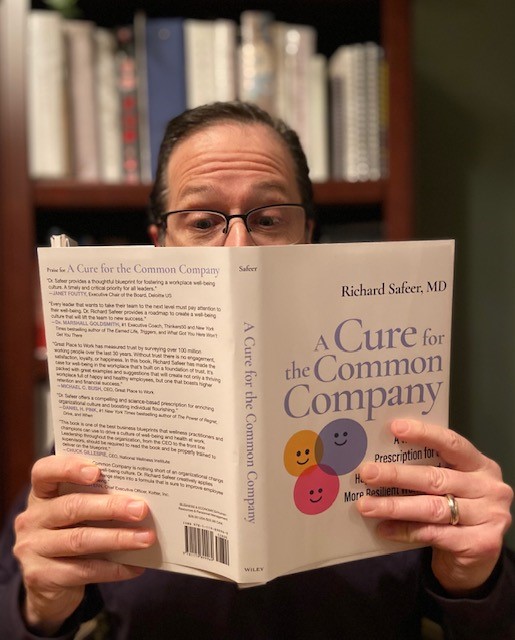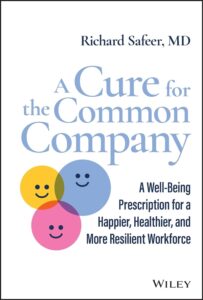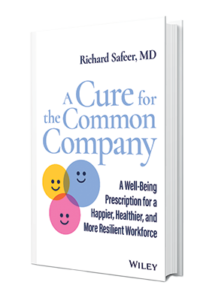Albert Einstein famously stated that insanity is “doing the same thing over and over again and expecting different results.” Yet, every New Year’s Eve, millions of people make one or more New Year’s resolutions or goals. It may only be weeks or perhaps a month or two before our best intentions start to lie in the corner like a heap of dirty laundry. A year later, we do it again; rinse and repeat.
Less than 10 percent of Americans feel they are successful in keeping their New Year’s resolutions, and yet we keep trying, year after year. I don’t know how many times I’ve stopped eating chocolate. While choosing a date to start a healthy habit or quit an unhealthy one can be an important part of achieving a healthier lifestyle, we’ve all come to understand there must be a better, more successful approach.
There are plenty of reasons to have health and well-being goals. Foremost, there is an epidemic of mental health challenges in the wake of a pandemic. Our stress levels and feelings of happiness (or sadness) impact many, if not, most of our other health choices. Who hasn’t sat down in front of the TV with a bowl of ice cream or a bag of potato chips after a stressful day at work? When I am stressed, I forage in the kitchen for a hidden piece of chocolate. The same health challenges that plagued us before the arrival of COVID-19, such as two-thirds of us being overweight or obese, millions still smoking, and fewer than 25 percent getting the recommended amount of exercise, still exist—possibly worse than before.
All too often, our society praises individual achievement. This starts early with elementary school report cards, art projects, and athletic performance. Don’t forget those 100% attendance awards! Yes, sometimes teams are recognized, but this is America, the land of “rugged individualism,” and by and large, the expectation is that we make advances on our own, including with our well-being. Even workplaces have traditionally focused on the individual’s role in their own happiness and health rather than the collective well-being of the organization. Hats off to those that can improve their health and well-being without anyone’s help.
However, for most of us, we continue to learn and understand that it is communities that have the bigger and more lasting influence on our behaviors, beliefs, and thoughts. Dan Buettner traveled the world to better understand how pockets of centenarians reached their ripe ages. His work, articulated in The Blue Zones, highlighted shared aspects of these communities that contribute to their longevity, including the strength of their relationships and the like-mindedness of their health practices.
In the same context, through their book Connected, Nicholas Christakis and James Fowler decoded the science behind our strong propensity for sharing the same behaviors and emotions as those with whom we keep company. Not only do our family members, friends, and co-workers influence our choices and thoughts, but so do more distant relatives and friends of friends. For example, my wife’s hair salon keeps the bowl of chocolate on the front desk full so she can grab a piece before heading home. I sniff it out on days of distress. Without having ever met my wife’s hairdresser, she influences my behavior every six weeks.
So why aren’t organizations taking advantage of what we know to be true? We are more likely to be healthy and well when we are in a supportive group, team, and community that has aligned behaviors, beliefs, and attitudes around well-being (a.k.a. well-being culture). Perhaps it’s because we haven’t previously clearly articulated the importance of organizational well-being culture and how to shape it. Our co-workers shouldn’t approach a New Year’s resolution alone when we know they are much more likely to be successful in a well workplace culture.
This is not such an insane idea.
Excerpted from A Cure for the Common Company, Chapter 1, published by Wiley, January 2023



